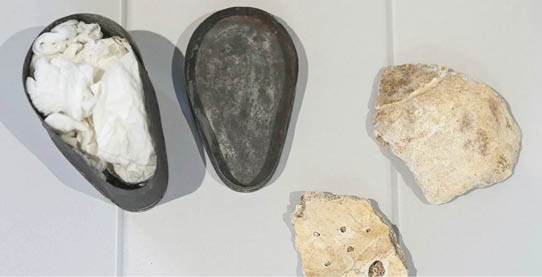After decades in the United States, bone fragments thought to be those of the artist Ludwig van Beethoven have been sent to an Austrian university.
In a phone interview with CNN, American businessman Paul Kaufmann, who gave the bones to the Medical University of Vienna, said the unexpected finding occurred after his mother died in 1990.
It was eventually revealed that the bones, which were kept in a tin barely engraved with the name “Beethoven,” were obtained from the estate of his mother’s great-uncle, Franz Romeo Seligmann.
Years of inquiry and analysis, together with facts from letters and documents discovered by Kaufmann, have revealed that the fragments were collected by Seligmann in 1863, when Beethoven’s body was excavated.
Seligmann, who passed away in 1892, worked as a doctor, medical historian, and anthropologist in Vienna. The skull remains, now known as the Seligmann fragments, were given to him in 1863 when Beethoven’s bones were reinterred for scientific investigation.
Beethoven notably battled liver ailments, digestive issues, and increasing hearing loss throughout the course of his 56 years.
In a letter to his brothers from 1802, 25 years before he passed away, Beethoven requested that his physician, Johann Adam Schmidt, ascertain and disclose the specifics of his “illness” after his passing. This letter is referred to as the Heiligenstadt Testament.

 Join Daily Trust WhatsApp Community For Quick Access To News and Happenings Around You.
Join Daily Trust WhatsApp Community For Quick Access To News and Happenings Around You.


